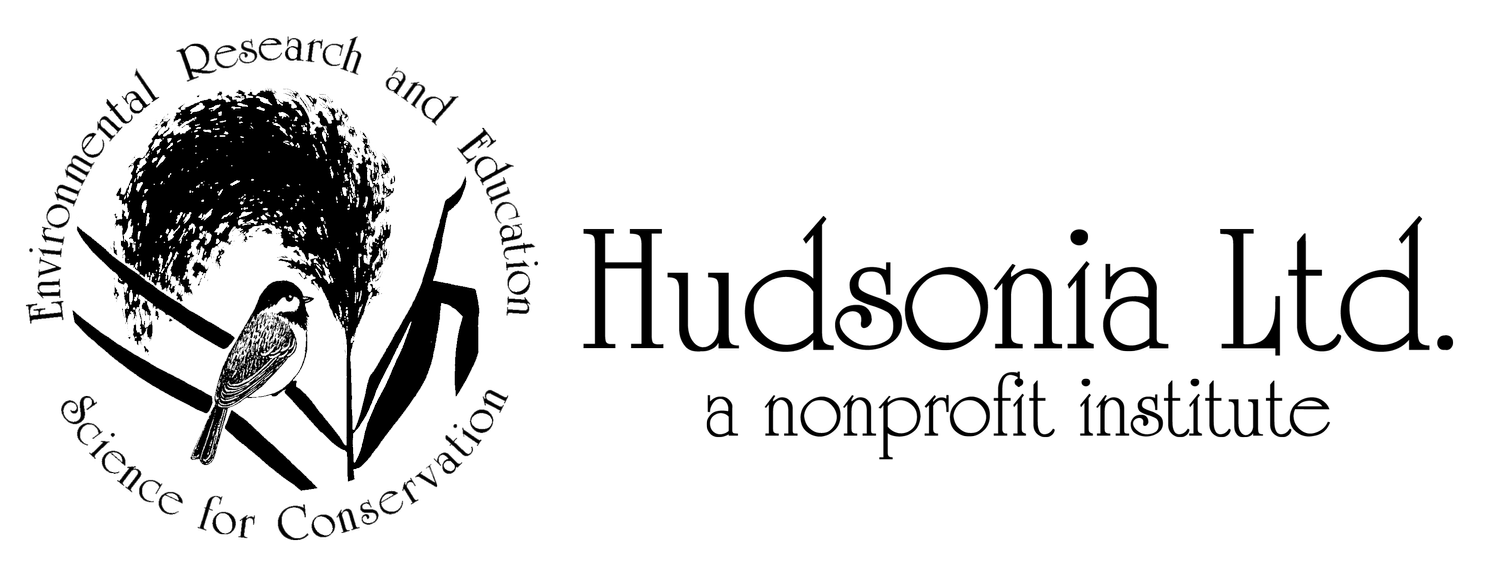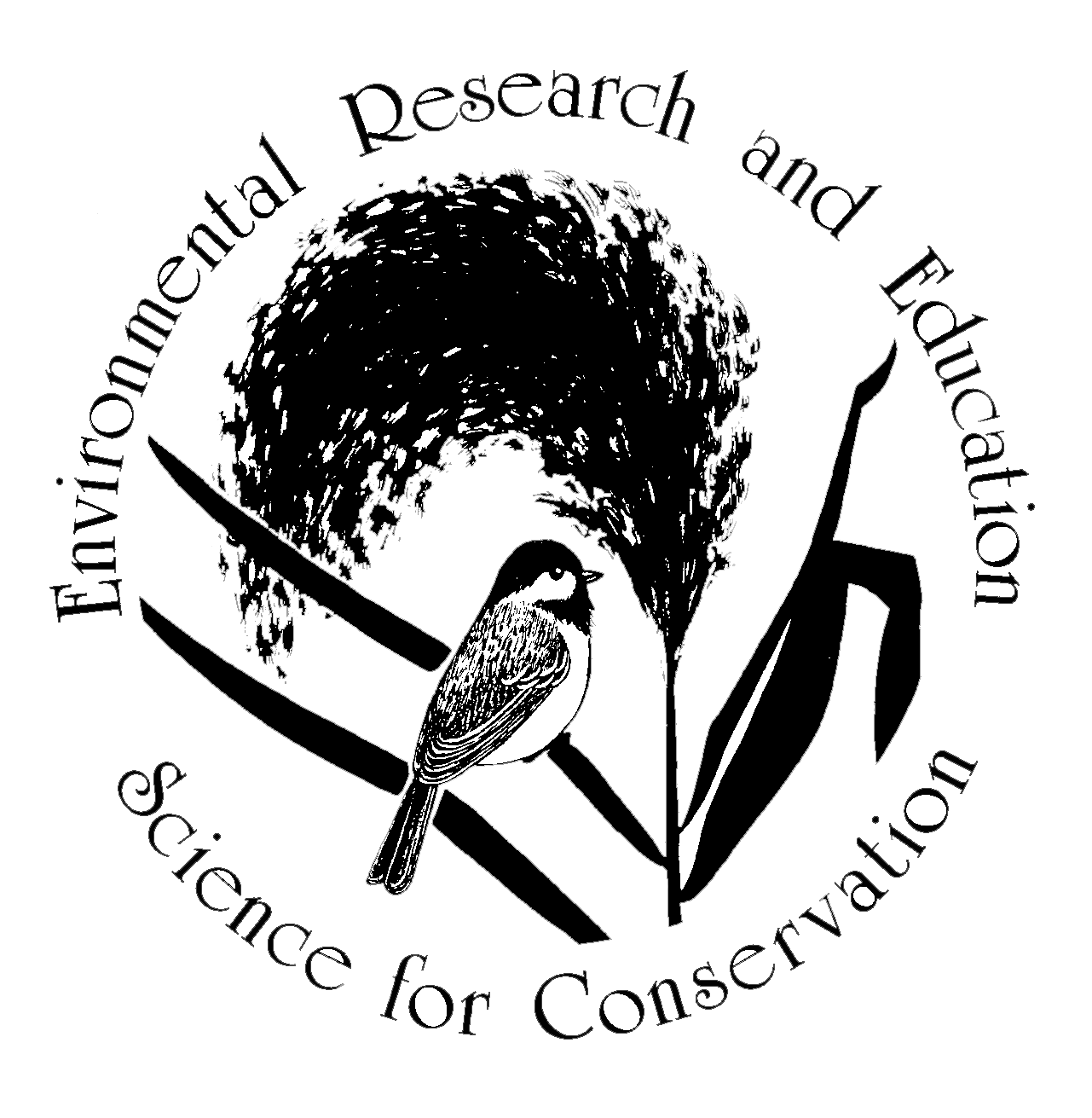Pollinators - Not Just Bees!
Gnat ogre is a flower-visiting fly
Flower-visiting insects are necessary pollinators of wild plants and crops. Many species visit insect-pollinated flowers and some carry pollen among plants of the same species. Nectar and pollen plants are critical resources for the insects themselves. Insects are attracted to flower structure and color in both visible and UV light.
Milkweed beetles mating on common milkweed
Spicebush swallowtail on cardinal flower
Most people think of honey bees when they think of pollinators, but they are only one of many different insects that perform this crucial role. Unfortunately, pollinator numbers have declined, sometimes drastically, over the past 40 years and if this continues, it will have far-reaching and difficult consequences.
This unfolding crisis has in turn brought attention to the importance of pollinator-friendly plants. Some insect pollinators, as either adults or larvae, can feed only on certain plants, in some cases just a few or a single species.
The best way to plant for pollinators:
Control unwanted weeds with nonchemical techniques, and leave small bare patches for ground-nesting bees and wasps.
Check regional resources, such as the NY Flora Atlas online or Pollinator Action Guide, to find ‘native’ plants that are native to your region.
Consider devoting resources towards planting local nectar and larval sources instead of eradicating non-natives like purple loosestrife—they often support pollinators as in these photos—but keep them from encroaching on native plants. Joe-Pye-Weed, wild bergamot, goldenrods, and asters are some of the plants most attractive to pollinators in the Northeast.
Don’t forget to plant for both larval and adult insect forms!




